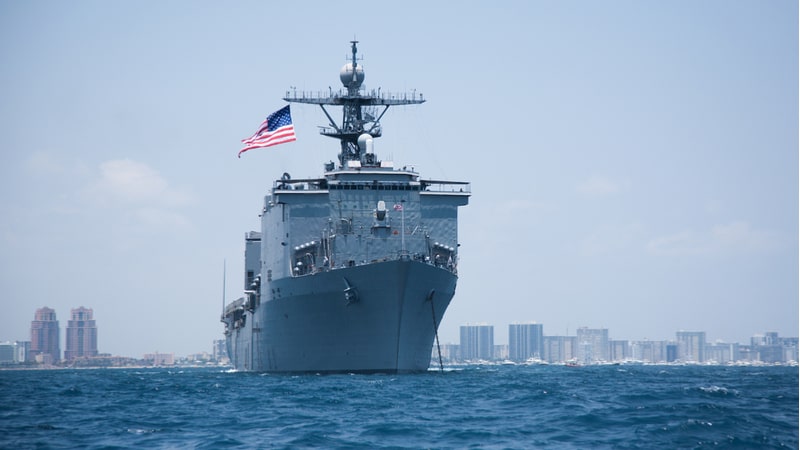
The U.S. Navy has grown the scope of an ongoing bring-your-own-device (BYOD) pilot program and is putting the pilot through the rigors of testing that one Navy tech executive likened to “throwing rocks” at the program.
Louis Koplin, executive director of the Program Executive Office for Digital and Enterprise Services (PEO Digital) – the Navy’s primary office for procurement and implementation of new technology – talked about progress with the BYOD pilot during an online webinar hosted by Federal News Network on March. 26.
“We do have a few thousand people in [the pilot] and we’re continuing to work with DoD [Defense Department] CIO about what the appropriate number is,” Koplin said. “This is a very empirical, data-driven pilot,” he said.
Koplin shed light on the rigors of the pilot in probing for any cybersecurity weaknesses.
“We’re not coming in with a PowerPoint and saying, ‘wouldn’t it be nice,’” the Navy official said.
“We’re trying to make sure that we have great teams that come in and knowledgeable experts who can really throw rocks,” he said. “And we want them to throw rocks because any outcome of that event is positive. Either we demonstrate an enhanced capability, or we discover a problem, and then we can go fix it.”
“The more that we can do the better, and the results have been very positive in terms of the security of this approach,” stated Koplin. “So as focus areas have emerged, they have been swarmed, they have been tackled … And this does provide access to the native mobile experience.”
During the same discussion on the Navy’s continued move to cloud services and advancement of zero trust security, Koplin said the Navy is looking to release a new designation memo on the Navy’s Naval Identity Services (NIS) – which focuses on advancing the Navy’s identity management capabilities.
“The designation memo – we’re expecting shortly to make it officially an enterprise service,” he said.
As part of the effort to adopt more cloud services, Koplin said the service branch is working diligently to retire many outdated systems.
“We’re working on the integration with Marine Corps directory services [and] synchronization with Flank Speed attributes,” he said, referencing the Navy’s Flank Speed technology effort that aims to put zero trust security in place.
“So it’s really in some cases retiring some legacy identity infrastructure, but in other cases it’s integrating where it’s already modernized and underpinning our zero trust cloud and it brings additional capabilities in terms of automation and integration, control,” Koplin said.
